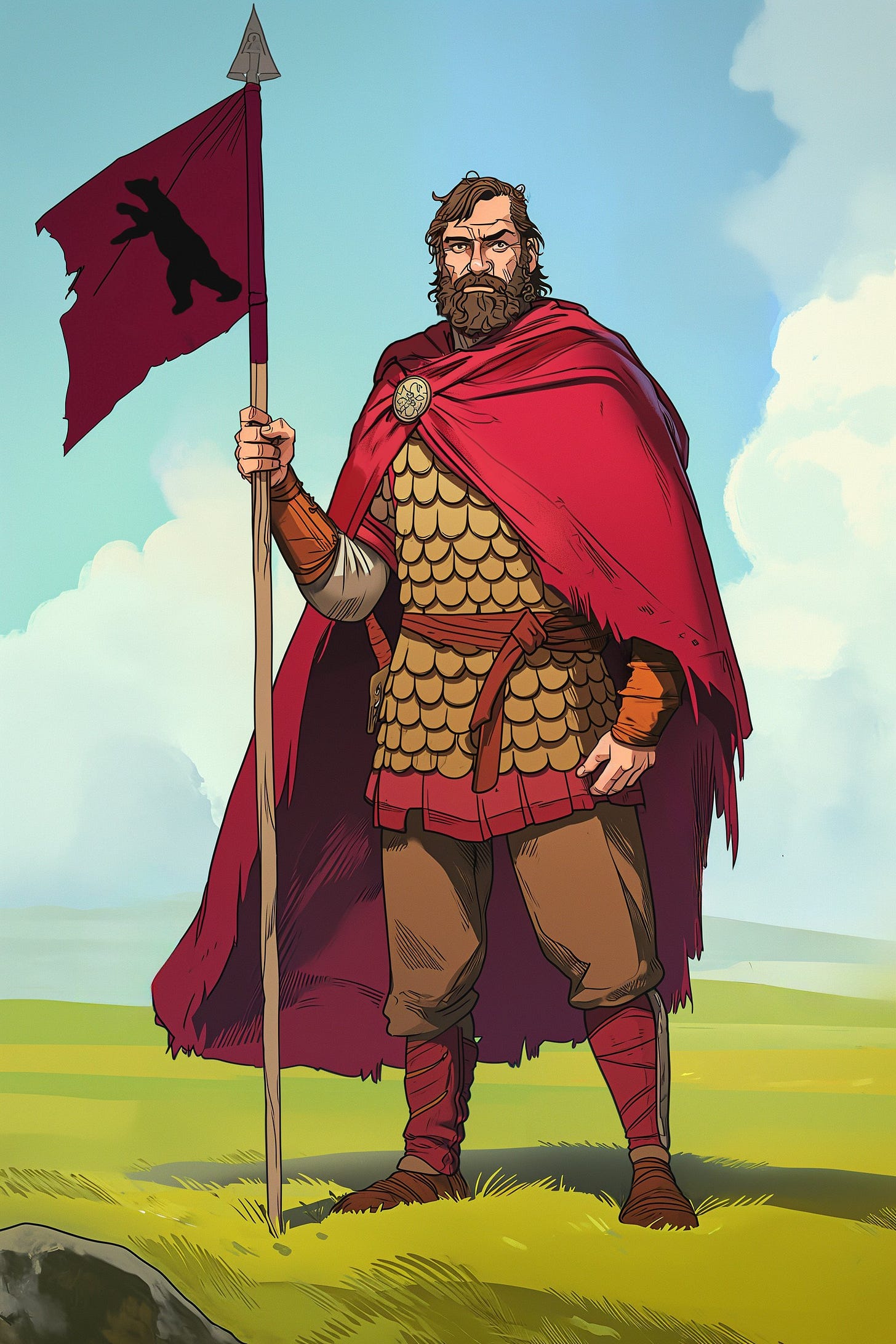The Northern Arthur
How a Prince of Brythonic York may have started it all.
*Note from Aurochs*
Over the last few months I’ve put out a few more pieces of content here and there that enhance this article quite a bit, so I have decided it was time to go ahead and update it with a little bit of new info and a decent amount of clarification. Even if you have read this article before, I hope you will read this update and enjoy.
The F…
Keep reading with a 7-day free trial
Subscribe to Coeling Chronicler to keep reading this post and get 7 days of free access to the full post archives.


